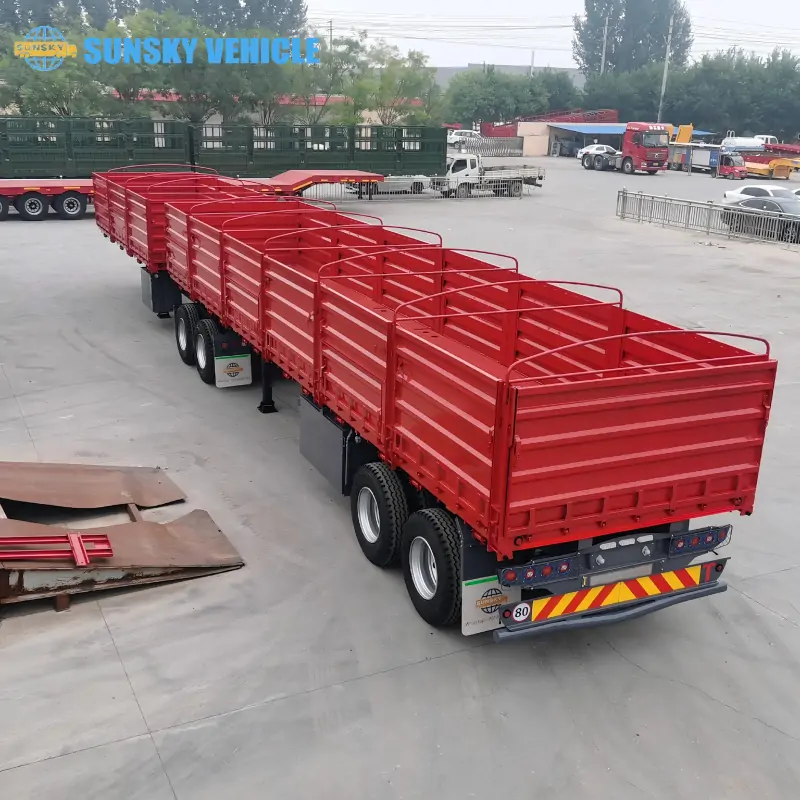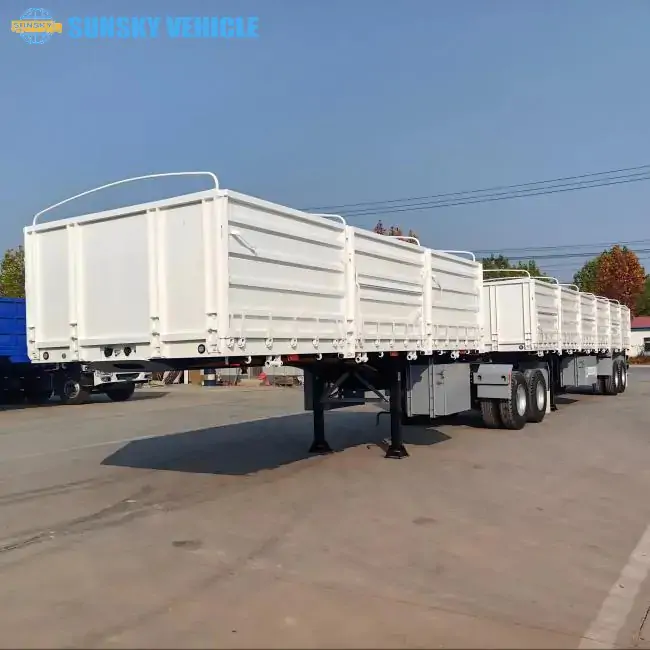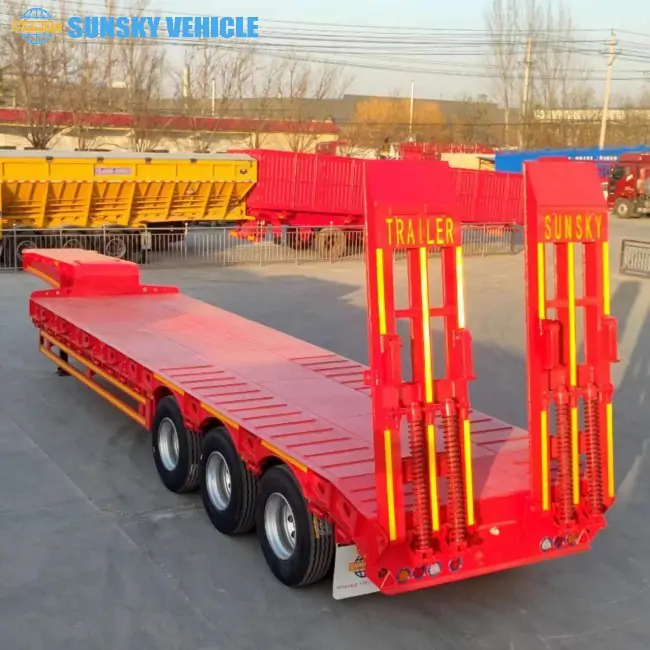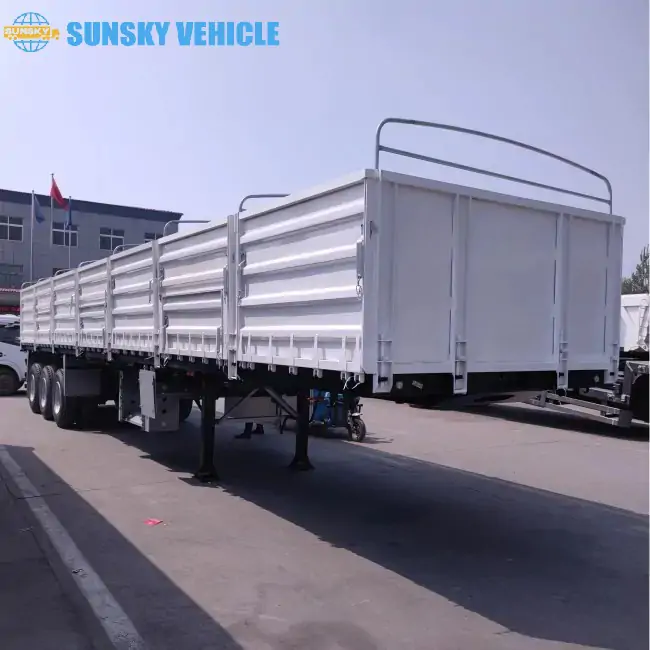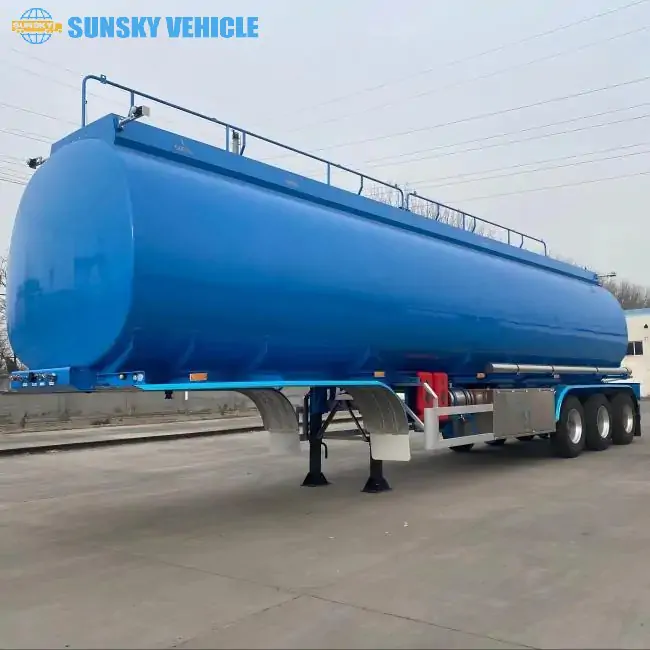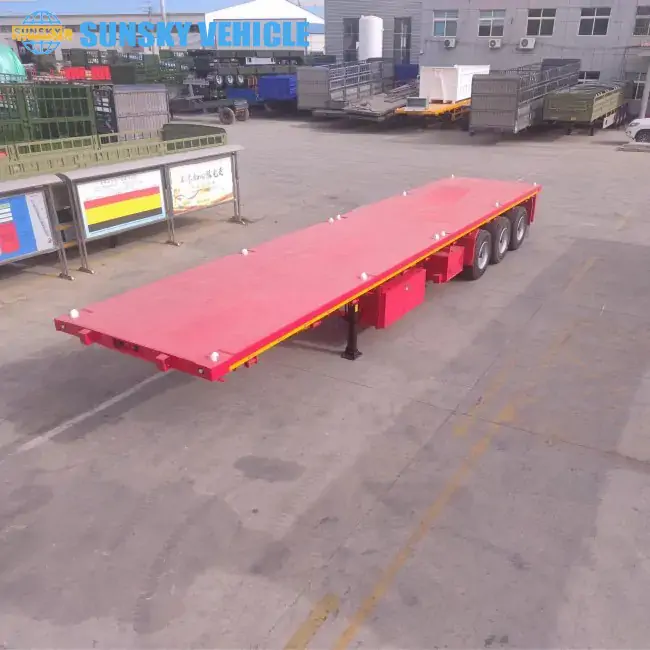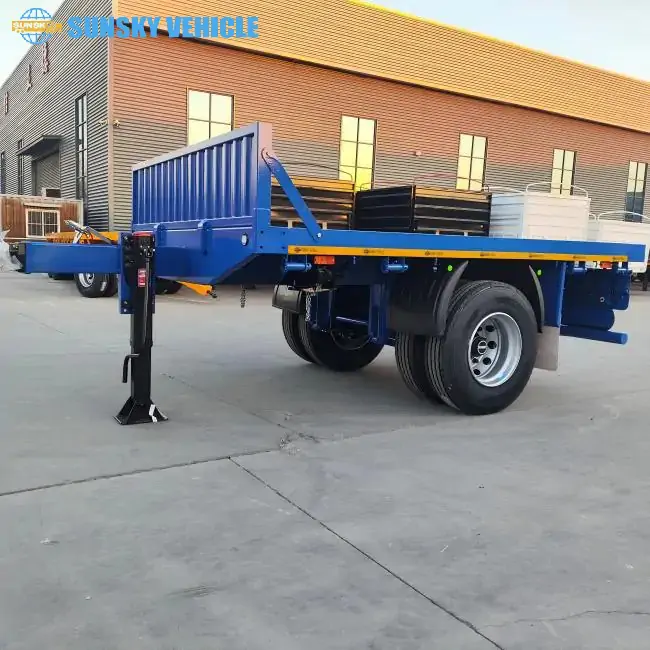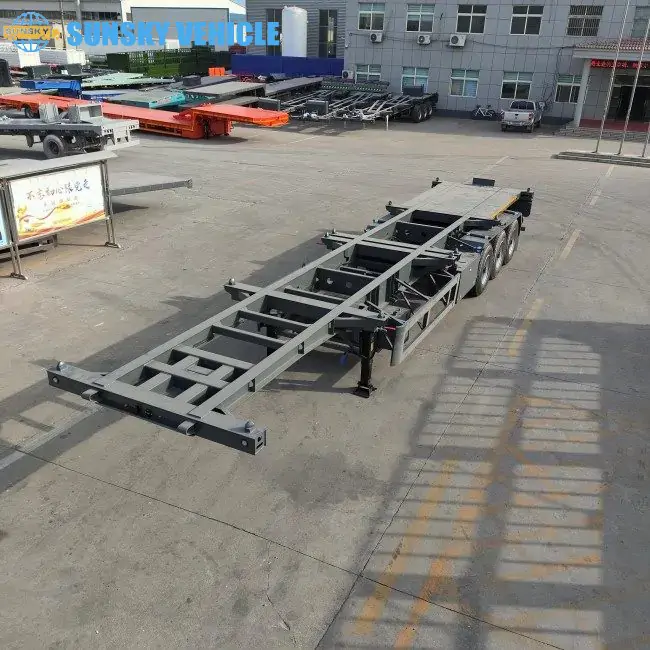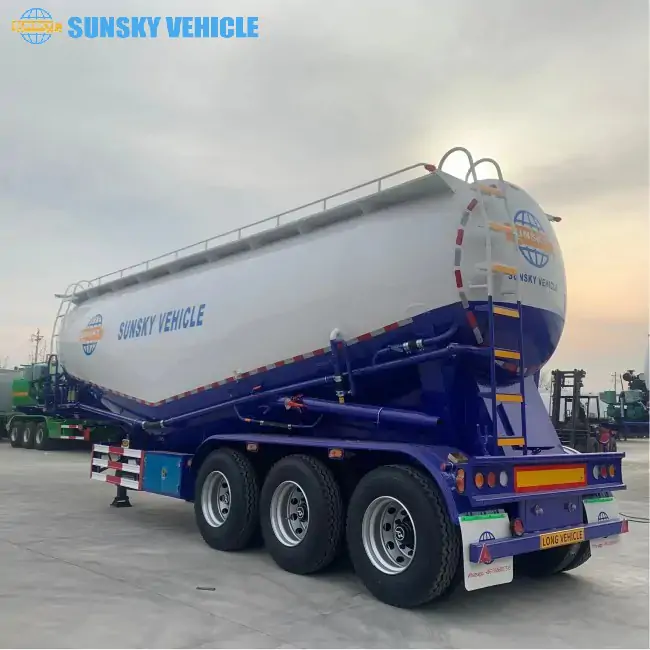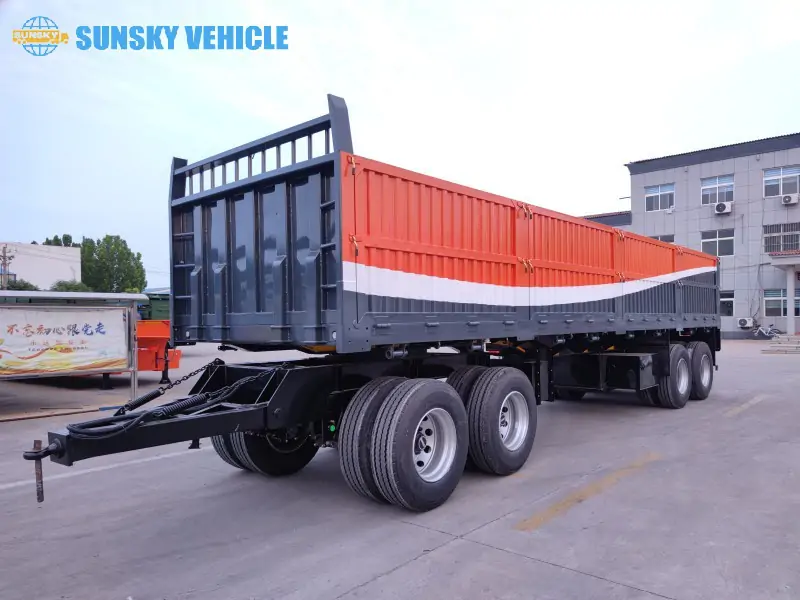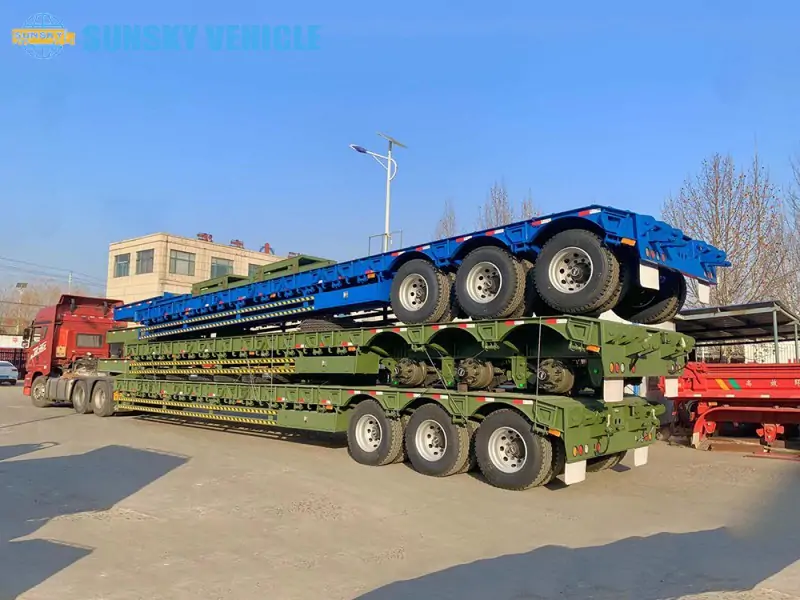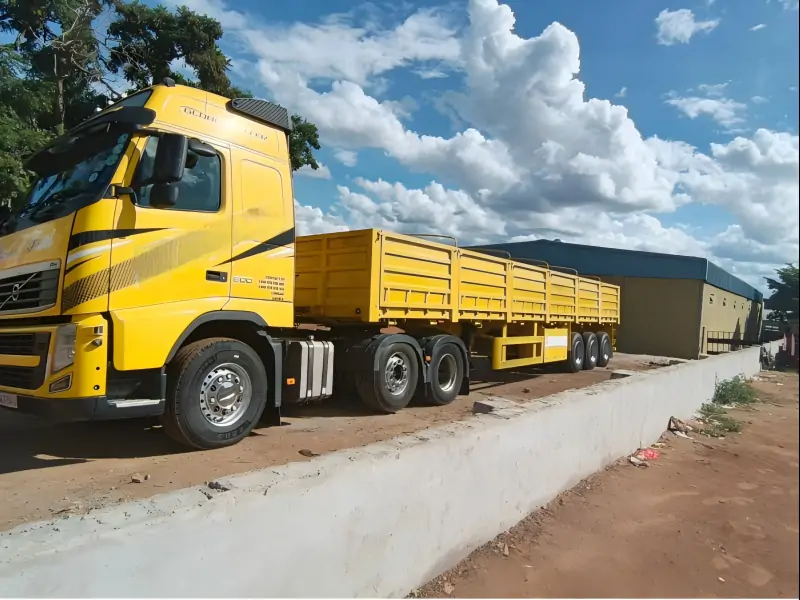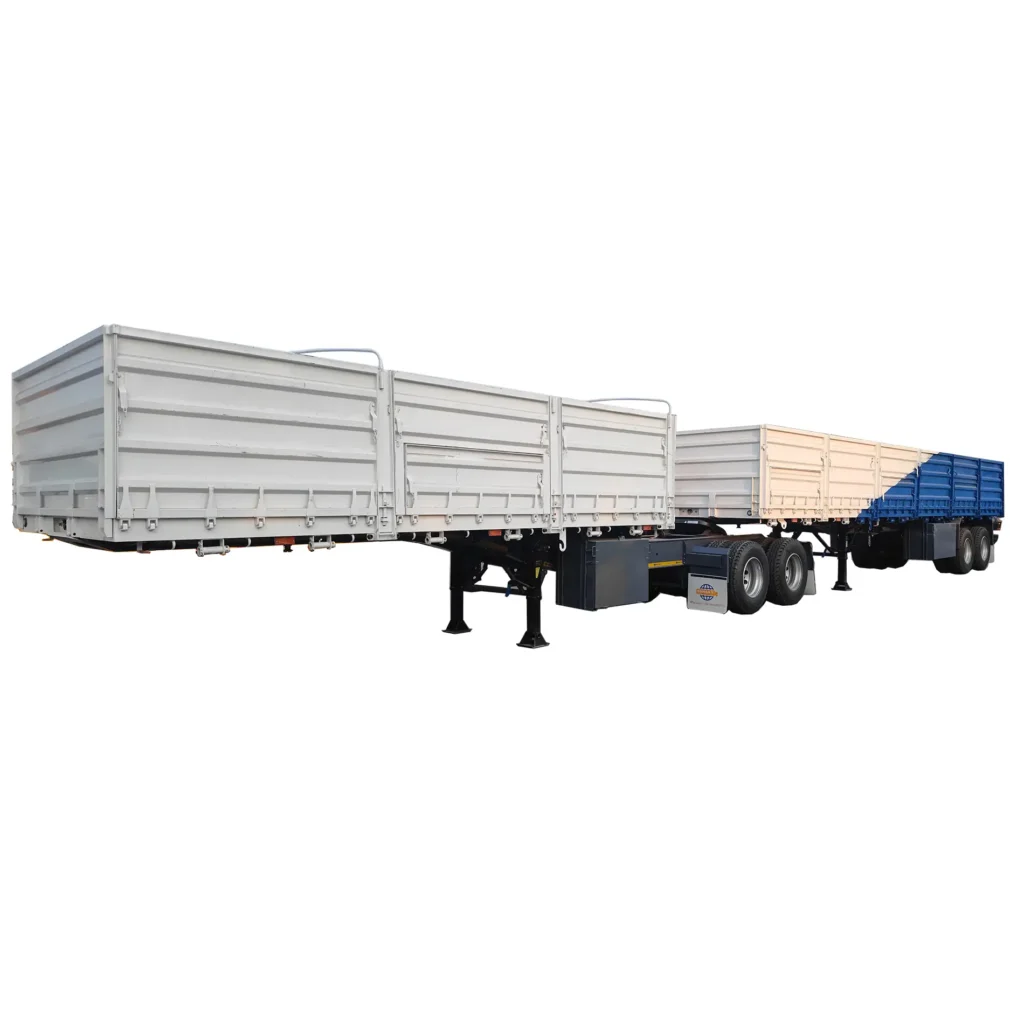
Superlink Trailer
Our robust Superlink trailers are available in various lengths and configurations. Engineered with dual connected units for high-volume, flexible transport, our superlink trailers boost efficiency and capacity for diverse bulk or general cargo.
What is Superlink Trailer?
A superlink trailer is a multi-section semi-trailer, usually consisting of two or more parts. They are joined together to form a whole by means of special joining devices. This design allows the interlink semi-trailer to have a greater carrying capacity and transport efficiency. This innovative setup effectively doubles the payload capacity a single truck can transport in one journey, making it an incredibly cost-effective solution for bulk commodities and general cargo. While common in regions like Southern Africa, Australia, and parts of Canada, their use is regulated based on specific road infrastructure and transport regulations. The entire Superlink trailer combination is engineered for high gross vehicle mass (GVM) operations, aiming to significantly reduce fuel consumption per ton of cargo and optimize overall logistical operations.
Superlink Trailers for sale
super link trailer application scenarios
Superlink trailers, or double-trailer combinations, are purpose-built for industries requiring high-volume, efficient, and cost-effective bulk or general cargo transport, particularly over long distances. Their design allows for a significant increase in payload per trip, reducing the number of vehicles on the road and overall operational expenses.
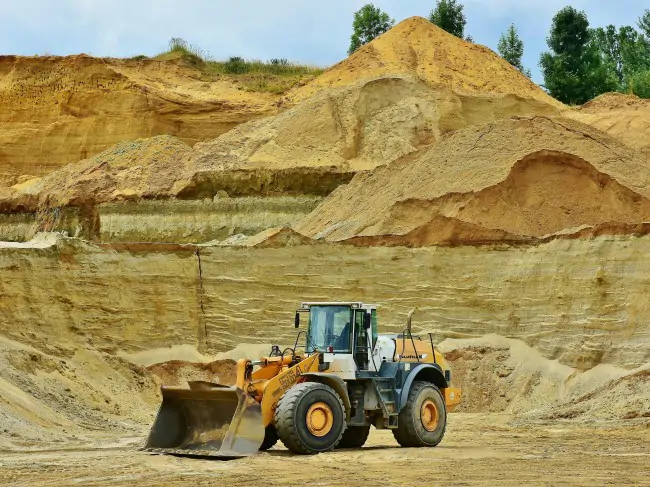
Mining & Raw Materials: Transporting bulk minerals like coal, iron ore, bauxite, and aggregates from mines to processing plants, ports, or distribution hubs. The high capacity is ideal for moving vast quantities of dense materials.
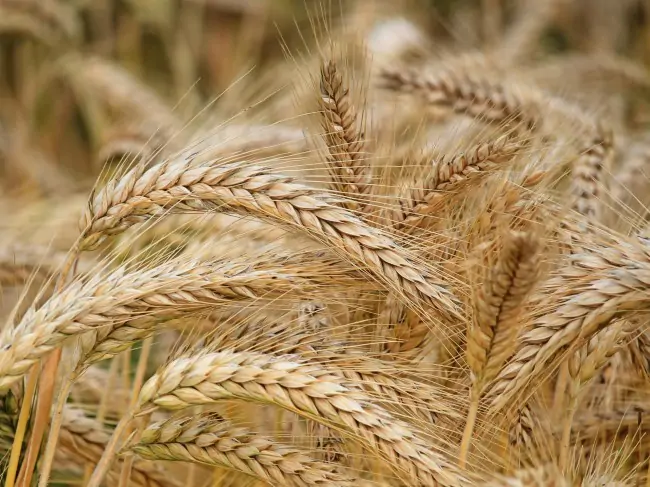
Agriculture & Grains: Hauling large volumes of agricultural commodities such as wheat, corn, soybeans, barley, and animal feed from farms to silos, mills, or export terminals, especially during harvest seasons.
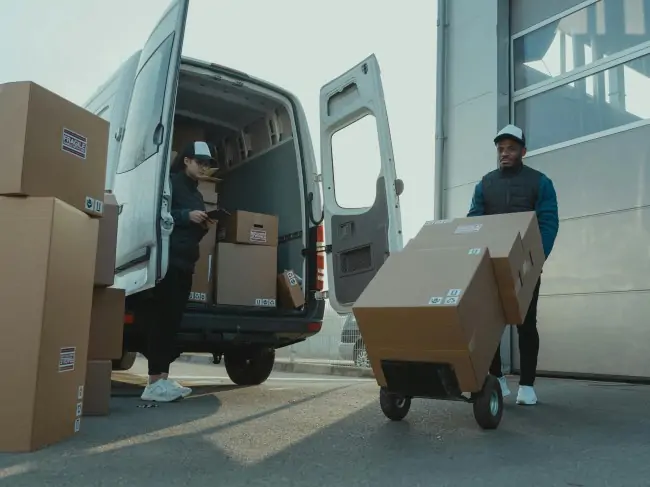
General Freight & Logistics: Used by large logistics companies for high-volume general cargo, consumer goods, and palletized freight over long-haul inter-city or inter-state routes where maximizing load per journey is key.
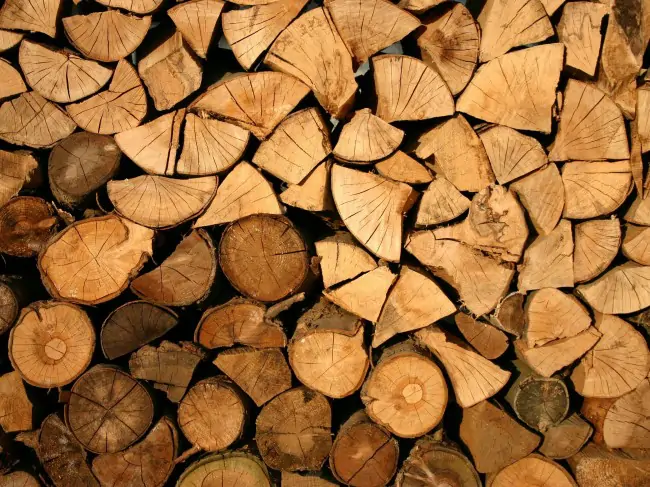
Forestry & Timber: In some regions, adapted Superlink configurations are used for transporting logs or processed timber products.
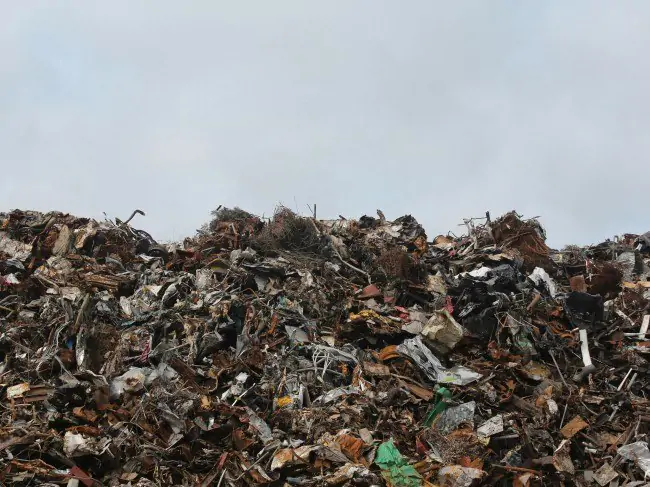
Waste Management: Moving large quantities of municipal solid waste or recyclable materials to landfills or recycling centers.
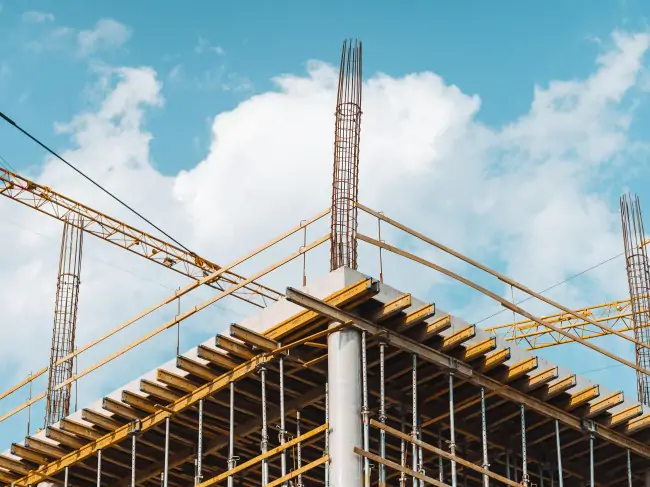
Construction Materials: Transporting sand, gravel, cement, and other construction aggregates to large-scale infrastructure projects or ready-mix concrete plants.
Standard configuration
-
SUNSKY axle
-
12R22.5 Tires
-
LED light system
-
20FT 2-axle + 40FT 2-axle
-
surface paint process
-
Leaf spring suspension
-
carbon alloy Q355B steel
Customizable options
-
water tank
-
plastic bracket
-
Auxiliary fuel tank
-
Tire size
-
flatbed style/dropside style
-
ABS
-
BPW/Triangle/FUWA axles as needed
Looking for some new designs ?
superlink semi trailer detail design
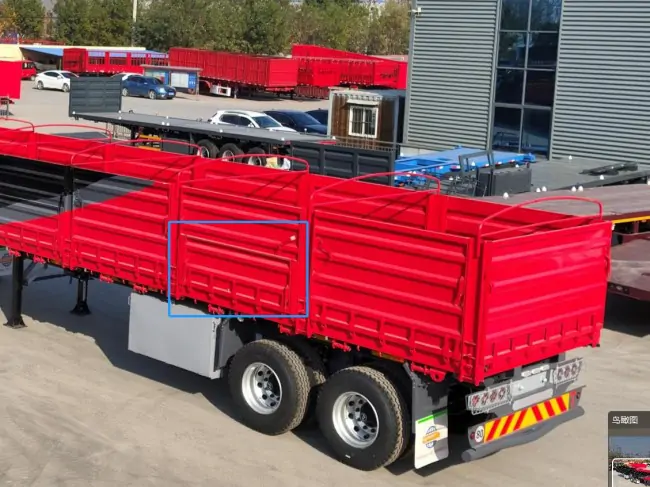
The large size of the small door is more conducive to the unloading of grain and bulk cargo than the conventional model.
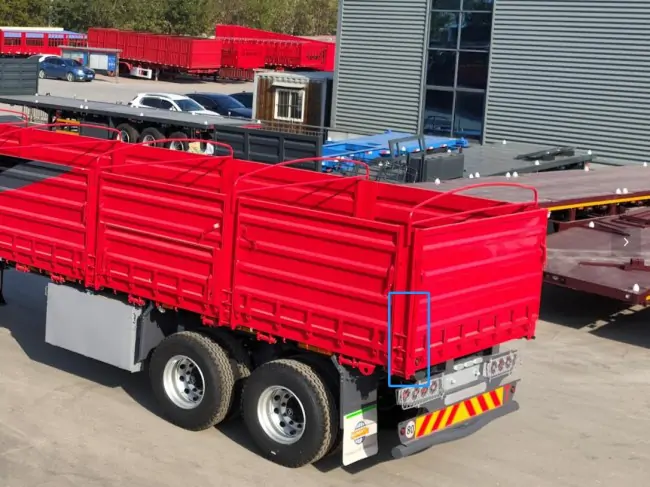
The column can be turned down, and there is no need to move it like the conventional model, which is more convenient and more efficient for loading and unloading
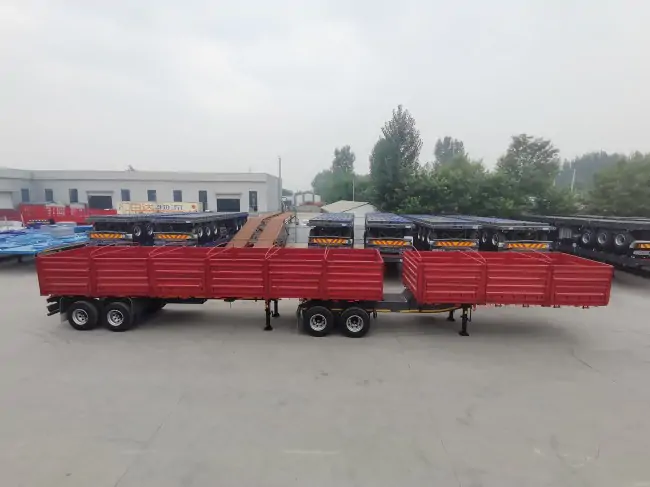
Container locks: Located inside the side wall, there are 16 in total; 4 container locks in the front and 12 container locks in the back are used to transport 20′ and 40′ containers
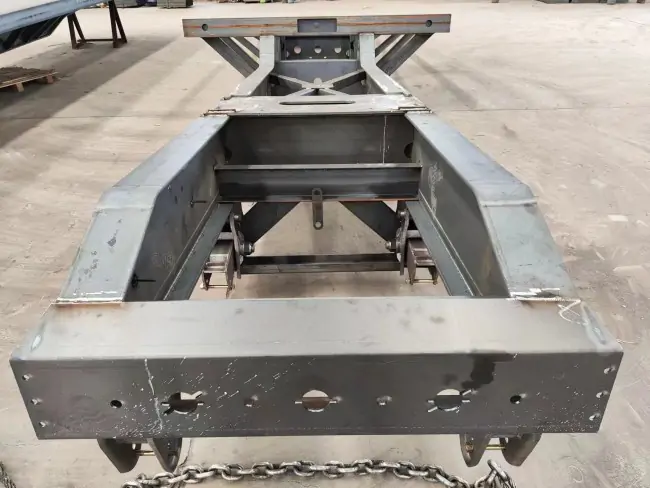
superlink trailer using high-strength steel alloys to withstand the extreme stresses associated with carrying immense payloads.
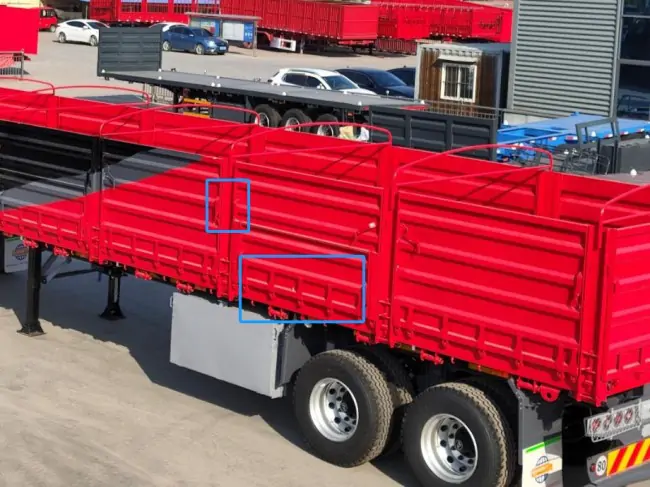
Hinges and handles with different styles
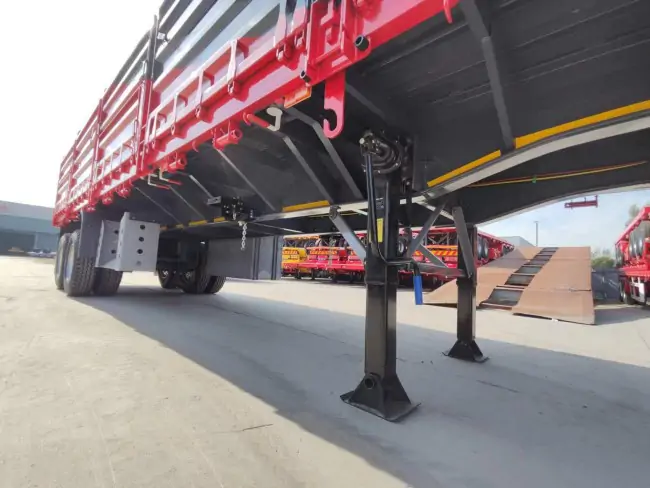
Strengthened gooseneck, flexible steering structure.
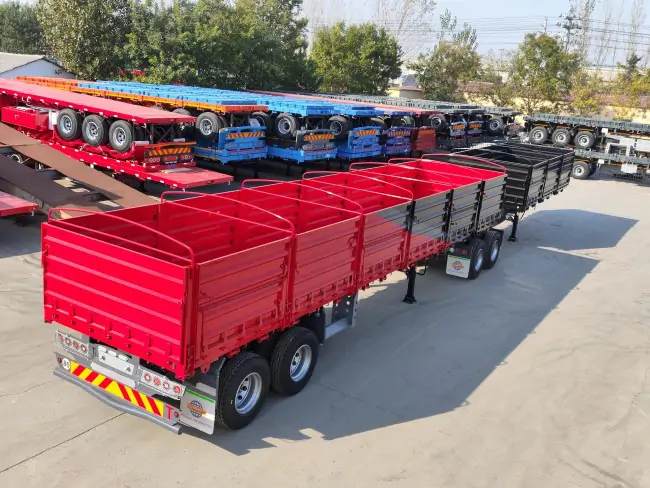
The thickness of the sidewall is 3 mm, and the material is stronger
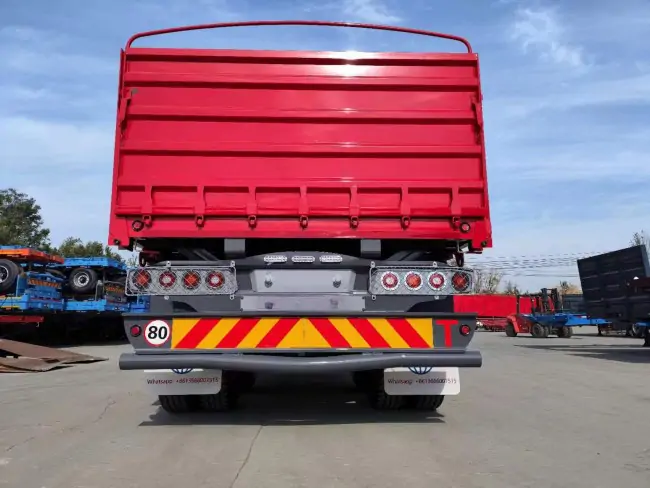
Tail lamp shade—Prevent damage to the lights by foreign objects such as gravel.
Video of superlink semi trailer
super link trailer
20FT 2 Axle +40 FT 2 Axle Interlink Dropside Trailer
interlink semi trailer
flatbed traiiler with dangler trailer

The trailer type you are looking for is not found
FAQ
What are the primary advantages of using a Superlink trailer for freight transport?
The primary advantages of employing a Superlink trailer, often referred to as a double-trailer combination or a high-capacity road train, for freight transport are rooted in its exceptional efficiency and cost-effectiveness. Fundamentally, a Superlink system allows a single prime mover to haul significantly more cargo in one journey compared to a conventional single semi-trailer. This direct increase in payload capacity per trip translates into fewer trips required to move the same volume of goods, leading to substantial reductions in operational costs. Firstly, fuel consumption is optimized per ton of cargo moved, as the fuel expended to pull two trailers is considerably less than operating two separate truck-and-trailer units. Secondly, labor costs are significantly reduced since only one driver is needed for a Superlink combination, as opposed to two drivers for two separate trucks.
Beyond direct cost savings, Superlink trailers contribute to enhanced logistical efficiency. Fewer vehicles on the road mean less traffic congestion and a reduced carbon footprint per ton, aligning with modern sustainability goals. They are particularly advantageous for long-haul routes involving the transport of bulk commodities like grains, minerals, or aggregates, where maximizing volume is paramount. The reduced number of dispatch cycles also streamlines planning and fleet management. Furthermore, for businesses dealing with high volumes of general freight, a Superlink heavy hauler can improve turnaround times at loading and unloading points due to fewer total vehicle movements. While their operation requires specialized driver training and adherence to specific regional regulations, the overarching benefit is a highly optimized transport solution that delivers superior economic and environmental performance for high-volume freight.
How does a double-trailer combination enhance logistics efficiency compared to single trailers?
A double-trailer combination, commonly known as a Superlink trailer or twin-trailer setup, significantly enhances logistics efficiency in several key ways compared to using individual semi-trailers. The most direct enhancement comes from the doubling (or near doubling) of payload capacity per single journey. Instead of making two trips with two separate trucks and trailers to move 60 tons of cargo, a single Superlink system can often carry the full 60 tons (or more, depending on regulations) in one go. This immediate reduction in the number of required trips leads to profound efficiency gains.
Firstly, fuel economy improves dramatically per ton of cargo transported. While a Superlink consumes more fuel than a single trailer, the increase is not proportional to the doubled load, resulting in a lower fuel cost per unit of freight moved. This is a critical factor for long-haul operations. Secondly, driver productivity is maximized. One driver can move twice the volume, optimizing labor resources and reducing the overall staffing requirements for a given transport task. This is particularly valuable in regions facing driver shortages.
Thirdly, fleet utilization is optimized. Companies can achieve the same transport output with fewer prime movers and potentially fewer total trailers if they frequently reconfigure their fleet, leading to reduced capital expenditure on equipment and lower maintenance costs across a smaller overall fleet. Fourth, terminal operations can be more efficient; fewer combinations mean less congestion at loading docks, weigh stations, and customs points. This streamlined flow of goods contributes to faster turnaround times. Finally, for long vehicle freight traveling vast distances, the ability to minimize the number of units on the road also reduces exposure to road hazards and wear and tear on infrastructure. The cumulative effect is a highly streamlined, cost-effective, and environmentally friendly logistics operation.
What are the key safety considerations and driver requirements for operating a high-capacity interlink trailer?
Operating a high-capacity road train, such as a Superlink trailer or double-trailer combination, involves stringent safety considerations and elevated driver requirements due to the increased length, weight, and complexity of the vehicle. Firstly, driver training and certification are paramount. Drivers must possess specialized licenses (e.g., specific endorsements for multiple trailers or road trains) and undergo rigorous training that covers advanced maneuvering techniques, understanding of dynamic load shifts, emergency braking procedures for articulated vehicles, and comprehensive vehicle inspection protocols. This specialized training is crucial for the safe operation of such long vehicle freight.
Secondly, vehicle stability is a critical concern. The additional articulation point (at the converter dolly) introduces unique dynamics, particularly during braking or sudden maneuvers, increasing the risk of jackknifing or rollovers if not handled properly. The braking system across the entire Superlink heavy hauler must be perfectly synchronized to ensure balanced stopping power. Drivers must maintain greater following distances and exercise extreme caution when navigating turns, intersections, or uneven terrain.
Thirdly, route planning and regulatory compliance are vital. Superlink trailers are typically restricted to specific routes approved for their length and weight, and often require special permits. They may have restrictions on travel times (e.g., not during peak hours) or specific maneuvers (e.g., no U-turns). Compliance with axle load limits for each component of the combination is also strictly enforced. Fourthly, visibility is reduced, especially with two long trailers. Enhanced lighting, reflective markings, and potentially additional mirrors or camera systems are essential. Finally, routine and meticulous pre-trip inspections of all coupling points, brakes, tires, and lights across the entire combination are non-negotiable to identify and address any potential issues before departure, ensuring the safe and reliable transport of goods with this twin trailer setup.
In which regions or industries are Superlink semi-trailers most commonly utilized?
Superlink heavy haulers, or double-trailer combinations, are most commonly utilized in regions and industries where the efficient, high-volume transport of bulk goods or general freight over long distances is a critical economic driver. Their prevalence is heavily influenced by road infrastructure, regulatory frameworks, and logistical demands.
Geographically, Superlink trailers are extensively used in Southern Africa, particularly in countries like South Africa, Namibia, and Botswana, where long distances between mines, agricultural centers, and ports necessitate high-capacity road transport. They are also very common in Australia, where they form part of various “road train” configurations used to traverse vast distances across the continent, especially for mining and agricultural commodities. In parts of Canada and some US states that permit “doubles” or “turnpike doubles,” these configurations are seen on specific highway networks for efficient freight movement. Their adoption in other parts of the world, like Southeast Asia or parts of the Middle East, is growing as logistics networks mature and efficiency demands increase, provided local regulations allow for such high-capacity road train setups.
Industrially, Superlink trailers are dominant in:
Mining: Transporting vast quantities of raw materials like coal, iron ore, and aggregates from remote mine sites to processing plants or export terminals. Their ability to move large volumes quickly makes them indispensable.
Agriculture: Hauling bulk grains (wheat, corn, soybeans), animal feed, and other agricultural products from farms to storage silos, processing mills, or ports, particularly during peak harvest seasons.
General Freight & Logistics: Large logistics companies leverage them for line-haul operations, moving high volumes of palletized goods, consumer products, and various bulk commodities between major distribution centers across long distances. This optimizes fleet operations and reduces per-unit transport costs.
Construction: Transporting aggregates like sand, gravel, and crushed stone to large infrastructure projects or concrete batching plants.
Cement & Bulk Powders: Specialized Superlink tankers are used for efficient transport of bulk cement, fly ash, or other powdered materials.
The economic advantage of moving more freight with a single prime mover and driver makes the Superlink trailer a preferred choice for any business focused on maximizing efficiency and reducing operational costs in these high-volume, long-haul scenarios.
Connect with us
Ready to partner? We’re convinced Sunsky Vehicle is your best choice! Reach out through the form or by phone.

*Our team will answer your inquiries within 24 hours.
*Your information will be kept strictly confidential.
Contact Info
-
+86 13666007515
-
sunskyvehicle@gmail.com
-
No.99 Xiangyu Road, Xiamen Free Trade Zone,HULI DISTRICT, XIAMEN,CHINA Factory address: Liangshan district, Jining city, Shandong, China
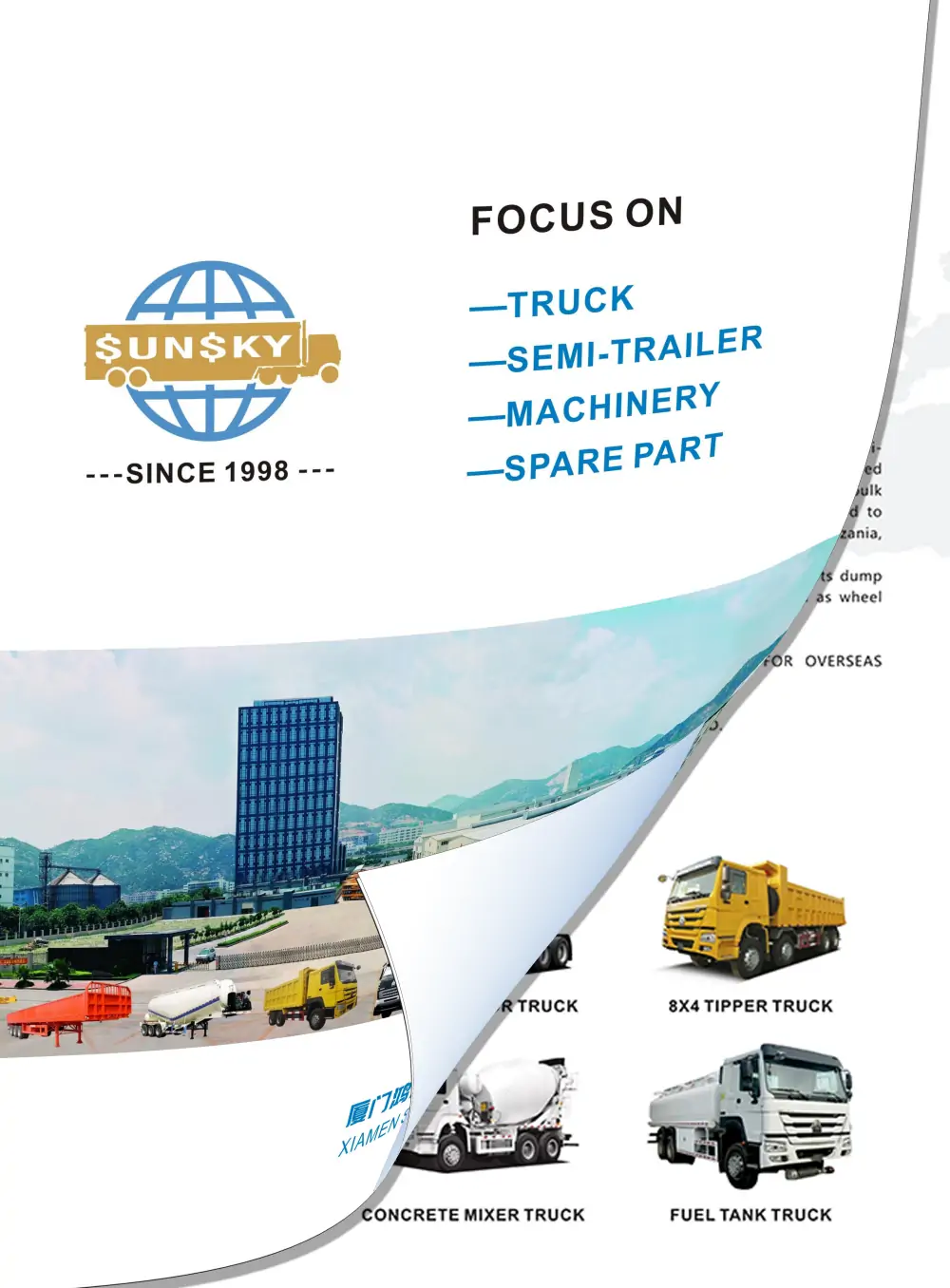
Copyright © 2020 Xiamen Sunsky Vehicle Co.,Ltd..All Rights Rese Co.,Ltd..All Rights Reserved.
Get A Quote
The more details you provide, the faster we can quote.
*Our team will answer your inquiries within 12 hours.
*Your information will be kept strictly confidential.



